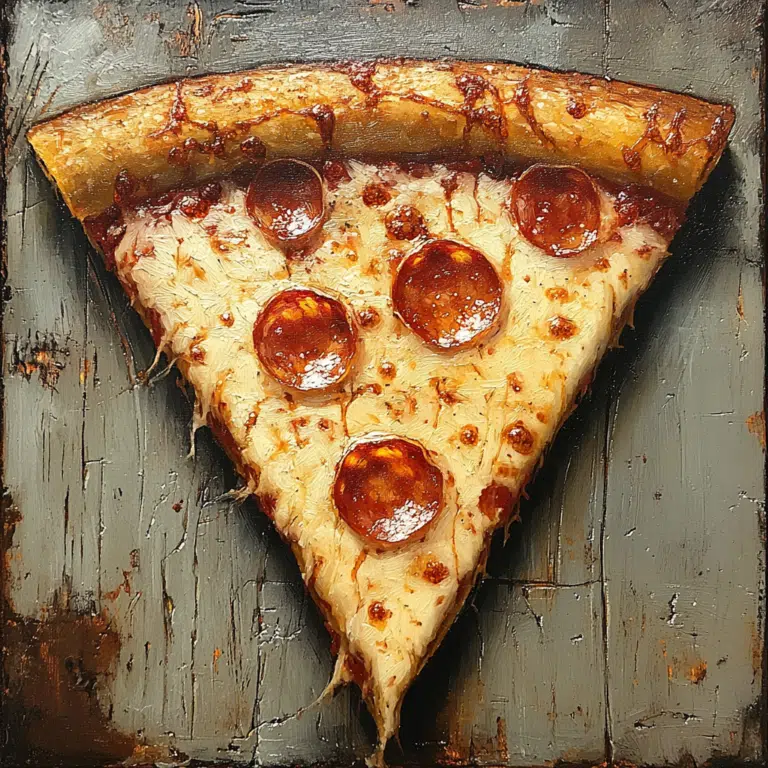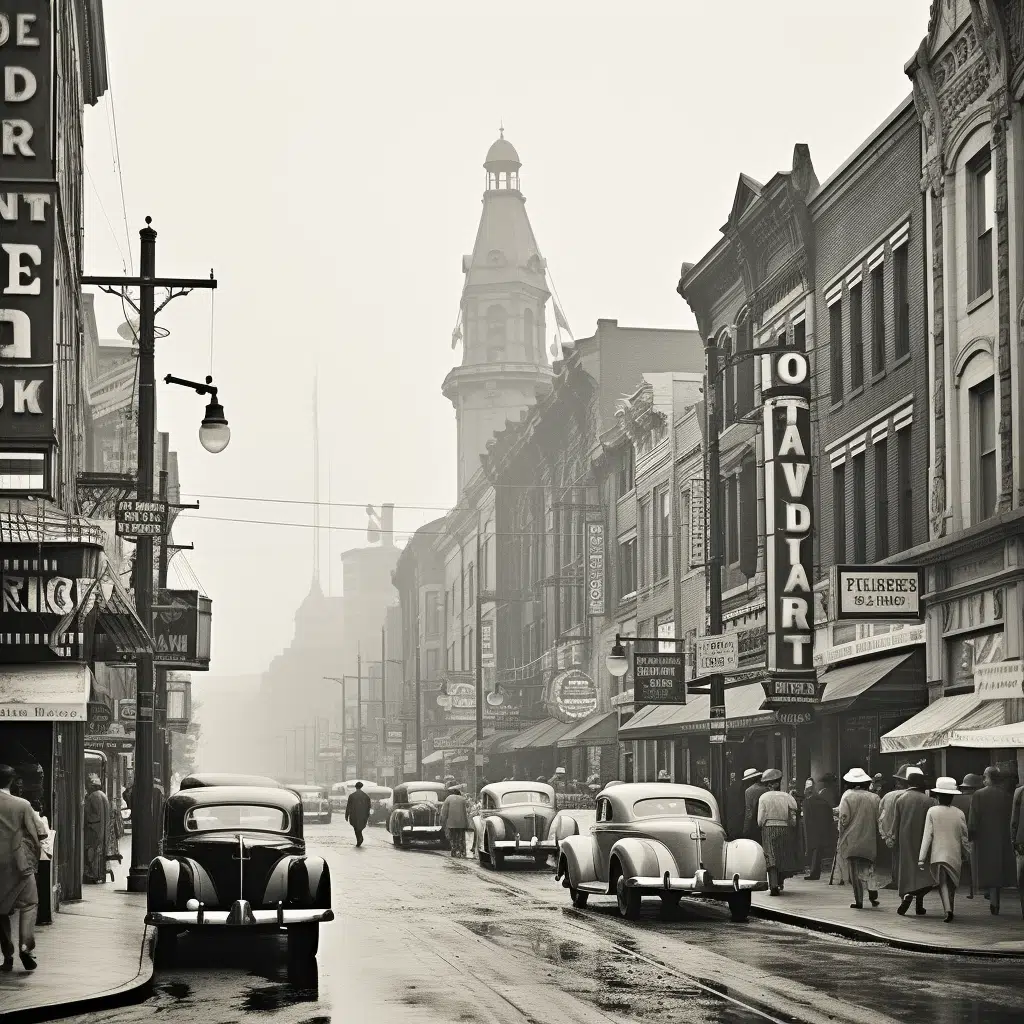The End of an Era: Tab Drink Says Goodbye
Coca-Cola’s decision to discontinue Tab Drink marks the end of a defining chapter in the history of soft beverages. As a daring move from the beverage giant, it underlines the shifting tastes and competitive landscape of the carbonated drink market. This article digs deep into the many facets of this decision, analyzes its impact, and speculates on what it means for Coca-Cola and the beverage industry at large.
Tab Drink’s Journey Through the Decades
Since its birth in 1963, Tab Drink has enjoyed a storied past, emerging as an iconic symbol of diet cola. Introduced as one of the first diet sodas, Tab quickly built a loyal fan base. The drink peaked in popularity during the 1970s and 1980s but gradually saw a decline as Coca-Cola introduced other successful products like Diet Coke and Coke Zero. It’s a tale of the rise and fall of a beloved beverage, marked by generational shifts and market competition.
| Aspect | Details |
| Brand | TaB (Coca-Cola Company) |
| Launch Year | 1963 |
| Discontinuation | October 2020 |
| Target Market | Consumers seeking a diet cola |
| Sweetener | Saccharin (primary sweetener, known for its presence in Sweet’N Low) |
| Flavor Profile | Acquired taste, less sweet than traditional cola, with a hint of tonic water |
| Marketing History | Originally the diet version of Coca-Cola; marketing shifted towards Diet Coke leading to dwindling sales for TaB |
| Comparative Products | Diet Coke (sweetened with aspartame), Coca-Cola Life, Delaware Punch, Diet Coke Feisty Cherry, Northern Neck Ginger Ale, Diet Northern Neck Ginger Ale, Odwalla, Zico |
| **Reason for Discontinuation | Low sales figures; focus on core brands and new product innovations during the COVID-19 pandemic |
| Cultural Impact | Cult following despite modest sales; remembered for its unique taste and pioneering diet cola market |
| Competitor Analysis | Faced strong competition from Diet Coke due to preference for aspartame over saccharin |
| Legacy | Considered a groundbreaking product in the diet soda market, remembered for its distinctive taste and iconic packaging |
| Price Range | Approx. $1.00-$1.50 per can (varies by market and availability before discontinuation) |
| Benefits | Low-calorie beverage option; one of the first diet sodas which helped Coca-Cola enter the growing market for diet beverages |
Factors Leading to the Discontinuation of Tab Drink
Changing Market Dynamics
The marketplace has transformed drastically over the decades. There’s no ignoring that consumers are now more health-conscious, raising concerns over artificial sweeteners like saccharin, a key ingredient in Tab. This change in preference significantly dented Tab’s appeal. Additionally, competition from Pepsi’s Diet Pepsi and the surge of sparkling water brands like LaCroix pushed Tab further out of the limelight. With health trends reigning supreme, it’s no wonder Tab struggled to keep up.
Focus on Core Brands
Coca-Cola’s extensive portfolio currently houses a myriad of beverage options. By streamlining its offerings, the company can better allocate resources to its major revenue-generating products. The strategic choice to discontinue Tab Drink during the COVID-19 pandemic, along with other underperforming brands like Coca-Cola Life and Zico, reflects Coca-Cola’s broader vision to respond to evolving consumer demands. The aim is clear: hone in on strong performers and innovative products that resonate with today’s market.
The Emotional and Cultural Impact
Pop Culture Icon
Tab Drink wasn’t just a soda; it was a cultural marker. From being a favored prop in “Back to the Future” to making appearances in “That ’70s Show,” Tab secured a unique place in pop culture. The announcement of its discontinuation is more than a market shift—it’s a nostalgic punch to the gut for many who grew up with it.
Loyal Fan Base Reaction
Die-hard fans of Tab Drink have voiced a mixture of disappointment and understanding. Some have taken to stockpiling the remaining supplies, a testament to their emotional connection. This reaction underscores the significant impact of Coca-Cola’s decision on its loyal customer base. The move marks the end of an era, and fans are responding with a blend of nostalgia and resignation.
Market Comparisons and Lessons
Coca-Cola vs. Competitors
Coca-Cola has always engaged in a robust rivalry with PepsiCo, Nestlé, and newer, innovative beverage companies. PepsiCo’s continued commitment to Diet Pepsi, despite the fluid dynamics of the soda industry, offers a fascinating comparative study. Coca-Cola’s decision to retire Tab Drink could be seen as them learning from competitors and reassessing their product lineup for better market alignment.
Adaptability and Innovation
The success of brands like LaCroix, which thrived by capitalizing on the health trend with zero-calorie sparkling water, highlights the importance of adaptability and innovation. By discontinuing Tab Drink, Coca-Cola may well be setting the stage for new innovations that better match modern consumer preferences. This adaptability is crucial for staying relevant in today’s rapidly changing market.
The Future of Coca-Cola’s Beverage Line
Upcoming Product Launches
Coca-Cola has several new products in the pipeline that focus on health-oriented beverages and enticing flavors. Coca-Cola Energy and investments in plant-based drinks signal their commitment to staying ahead in the dynamic beverage market. These upcoming launches are designed to attract health-conscious consumers and tap into emerging trends.
Market Expansion
The company is also eyeing expansion into emerging markets and has a keen focus on sustainability initiatives. With a growing emphasis on reducing plastic waste, Coca-Cola aligns itself with global environmental trends. This strategy is not only about refreshment but also about responsibility, aiming to craft a future-proof approach.
Analyzing Consumer Trends
There’s an undeniable global shift toward healthier, low-sugar, and more eco-friendly beverage choices. Discontinuing Tab Drink might just enable Coca-Cola to vigorously pursue these trends. Nielsen reports from 2023 showed a 12% hike in low-calorie beverage sales and a notable rise in consumer preference for environmentally sustainable brands. These stats can’t be ignored and illustrate why Coca-Cola is refocusing its efforts.
The Dawn of a New Chapter
Discontinuing Tab Drink is a bold move for Coca-Cola, underscoring a broader strategy to align with current market trends and consumer tastes. With a renewed focus on innovation and sustainability, Coca-Cola is poised to redefine the future of beverages. As the company steps into its next era, the world will watch keenly how they navigate this ever-evolving landscape.
In bidding farewell to Tab Drink, let’s not forget its profound emotional and cultural footprint. This rich history intertwines with its quirky taste—less sweet than Coke, hinting at tonic water, and sweetened with saccharin, unlike Diet Coke’s aspartame. Despite its varied journey, Tab will always hold a special place in our hearts. For a deeper dive into Tab’s legacy, visit the Coca-Cola website.
Readers interested in more vibrant stories, check out the background on Swv Members and understand more about Tarik Black and controversies like Ted Danson ’ s blackface controversy.
In the end, it’s about embracing change, nurturing the past, and being excited for what’s next. The future is bright, and Coca-Cola aims to sparkle all the way.
Tab Drink: Coca-Cola’s Bold Move
A Journey Through History
The discontinuation of Tab Drink marked the end of an era that began in the 1960s. As Coca-Cola’s first diet soda, Tab was marketed as a way to stay slim, with catchy slogans and quirky adverts. Interestingly, during its early phase of popularity, people were debating about stuff like, Is cocaine a stimulant or depressant while Tab was seen as a health-conscious choice. It was a strange time, indeed!
Iconic Status
Tab quickly became an icon of the ’70s and ’80s. Back then, it wasn’t uncommon to see people carrying their home loan calculator to stay on top of their finances just as they might carry a can of Tab to stay on top of their diet. The drink’s unique taste, which some described as an acquired flavor, wasn’t its only point of interest. It actually became a cultural staple, appearing in movies, TV shows, and even song lyrics, forever etching it into our collective memory.
Lesser-known Facts
For trivia buffs, here’s a fun fact: did you know that the original sweetener in Tab was saccharin? This particular ingredient led to some controversy in the ’70s due to health concerns. And for a bit of geographical flavor, Great Missenden buckinghamshire , Uk played a tiny role in shaping the narrative around healthier lifestyle choices that sweeps across the globe, including beverages like Tab trying to align with those ideals.
Modern Context
In today’s fast-paced world, many first-time buyers are meticulous(ly) balancing their options, from Loans For first time home Buyers to sticking to diet trends. The era might have changed, but the essence of making informed choices remains. This can even be seen with modern diet trends and preferences. Just as with housing markets where products like Mortgage Rater’s offerings( have transformed the approach to loans, Coca-Cola’s innovations mirror that evolution through its experiments like Tab.
In summary, the discontinuation of Tab is more than just a farewell to a quirky soda; it’s a nod to how much our lifestyles and preferences have shifted over decades. While we move on to drinks from new and innovative brands like Merestar, Tab Drink remains a cherished memory for many.
Is Tab drink still available?
No, Coca-Cola discontinued Tab in October 2020. They decided to stop making it because it wasn’t selling enough.
Why was Tab taken off the market?
Coca-Cola discontinued Tab, along with several other under-performing brands, to focus more on their core products and new innovations.
What did Tab taste like?
Tab had a unique taste, less sweet than Coca-Cola. People often described its flavor as cola with a hint of tonic water.
Is Tab the same as Diet Coke?
Tab and Diet Coke are different. Tab was sweetened with saccharin, while Diet Coke uses aspartame. Also, they had distinct flavors.
Can I still get Tab?
No, you can’t get Tab anymore. Coca-Cola stopped producing it in October 2020 due to low sales.
Does Tab exist anymore?
No, Tab doesn’t exist anymore as Coca-Cola discontinued it in October 2020 because it wasn’t selling well enough.
Are they bringing back tab?
There are no indications that Coca-Cola plans to bring back Tab. They discontinued it to focus on more popular brands.
When did tab disappear?
Tab was officially discontinued in October 2020. Coca-Cola decided to drop it due to low sales.
Does Fresca still exist?
Yes, Fresca still exists. Coca-Cola continues to produce and sell it.
Was Tab like Dr Pepper?
Tab was not like Dr Pepper. Tab had a unique flavor that was a less sweet version of cola, while Dr Pepper has a distinct taste with a blend of 23 flavors.
Was Tab before Diet Coke?
Tab was introduced before Diet Coke. Tab came out in the 1960s, while Diet Coke was launched in 1982.
Do they still make Mr. Pibb?
Yes, Coca-Cola still makes Mr. Pibb. It’s sold under the name “Pibb Xtra” now.
Does Tab Cola still exist?
No, Tab Cola does not exist. Coca-Cola stopped making it in October 2020.
What sweetener is used in Tab soda?
Tab used saccharin as its sweetener. Saccharin is also found in products like Sweet’N Low.
What are the side effects of aspartame?
Some people worry about aspartame causing headaches or allergic reactions, but most health authorities consider it safe for most people.
Does Fresca still exist?
Yes, Fresca is still on the market. It’s one of Coca-Cola’s continuing brands.
Why did Tab Clear fail?
Tab Clear failed because its marketing confused customers. People didn’t know if it was supposed to be a diet or regular soda.
What does Tab stand for drink?
The name Tab was chosen by Coca-Cola to refer to keeping “tabs” on your weight, as it was marketed as a diet soda.
What is the oldest soda?
The oldest soda still in production is Schweppes, a brand of tonic water that dates back to 1783.






























